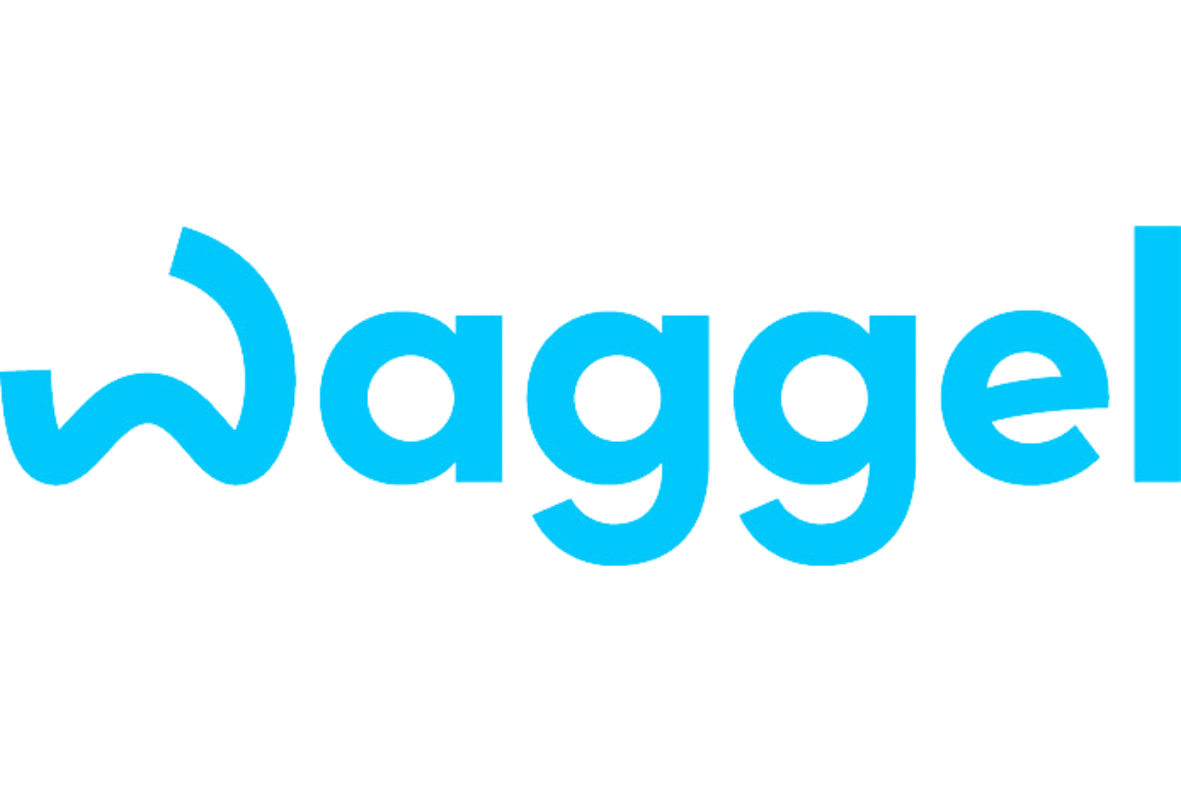Cheap Pet Insurance
- Compare 15 providers at once
- Prices from just £3.35* per month
- Top providers looking to help

Cheap Flat Coated Retriever Dog Pet Insurance
The Flat-Coated Retriever is a joyful, active, and versatile breed known for its balanced build, sleek lines, and graceful movement. Often described as displaying "power without lumber and raciness without weediness," the Flat-Coat’s silhouette, both in motion and at rest, showcases its blend of strength, agility, and elegance. Its overall look combines quality, style, and symmetry, with an expressive, intelligent gaze and a friendly, wagging tail that completes the picture of a true sporting companion.
As a family pet, the Flat-Coated Retriever is adaptable, whether in the city or countryside, though it thrives on regular exercise and outdoor activities. Given its origins as a hunting retriever, this breed needs ample physical and mental stimulation to stay happy and healthy. This playful retriever is gentle and affectionate, yet its strength requires supervision around small children to ensure safe and happy interactions.
The Flat-Coat’s character is a core part of its charm. Known for being cheerful, responsive, and deeply attached to its family, it also excels as a versatile working dog. Its sensible, bright, and eager-to-please nature makes it a pleasure to train and a standout in competitions. In the ring or field, the Flat-Coat’s confident and happy attitude is evident in its enthusiastic tail-wagging. It’s a breed that embodies stability and is naturally outgoing; any nervous or shy behavior is unusual and discouraged in this otherwise sunny and gentle dog.
The Flat-Coated Retriever joined the American Kennel Club in 1915. Initially popular, the breed was eventually overshadowed by Labradors and Golden Retrievers, especially through the two World Wars when registrations dwindled. However, H.R. Cooke’s famed “Riverside” kennel helped keep the breed thriving. Known for excellence both in shows and hunting fields, Cooke’s kennel secured the Flat-Coat’s place as a respected and admired breed.
Just some of the great pet insurance brands included









